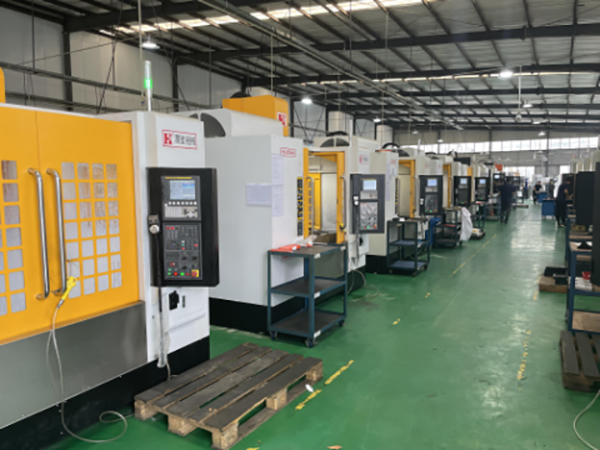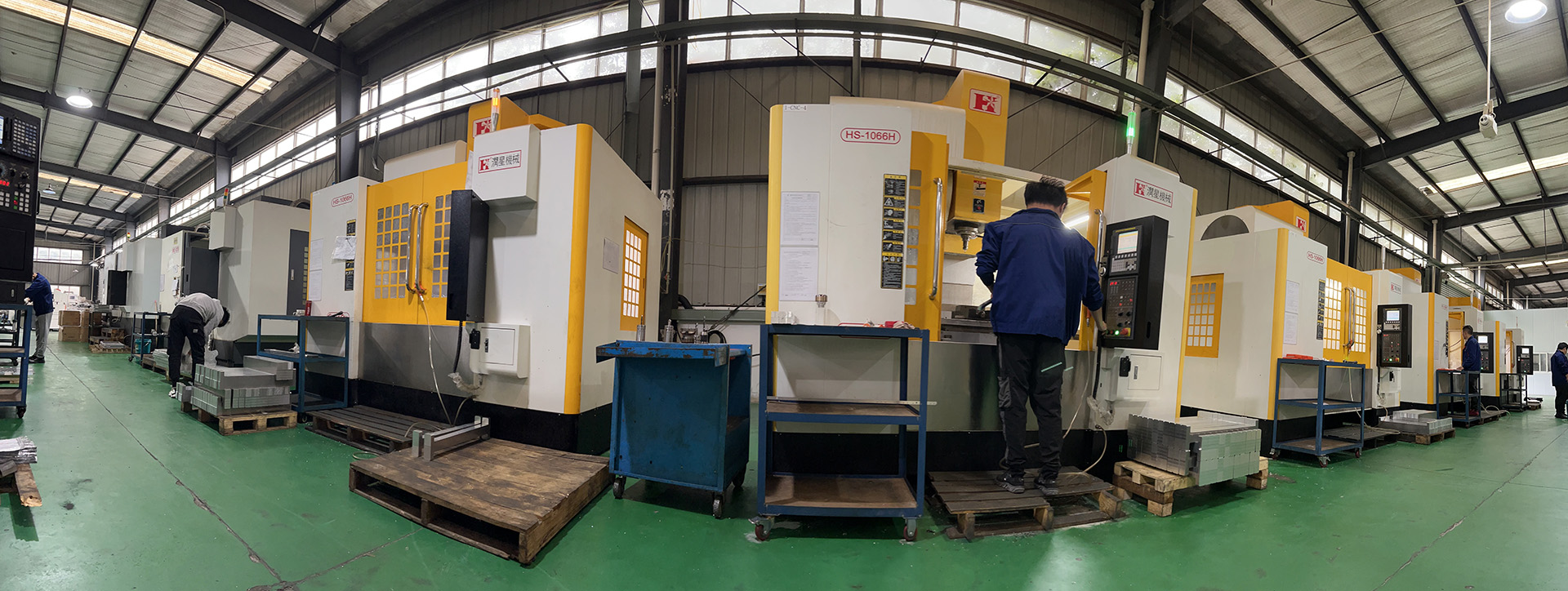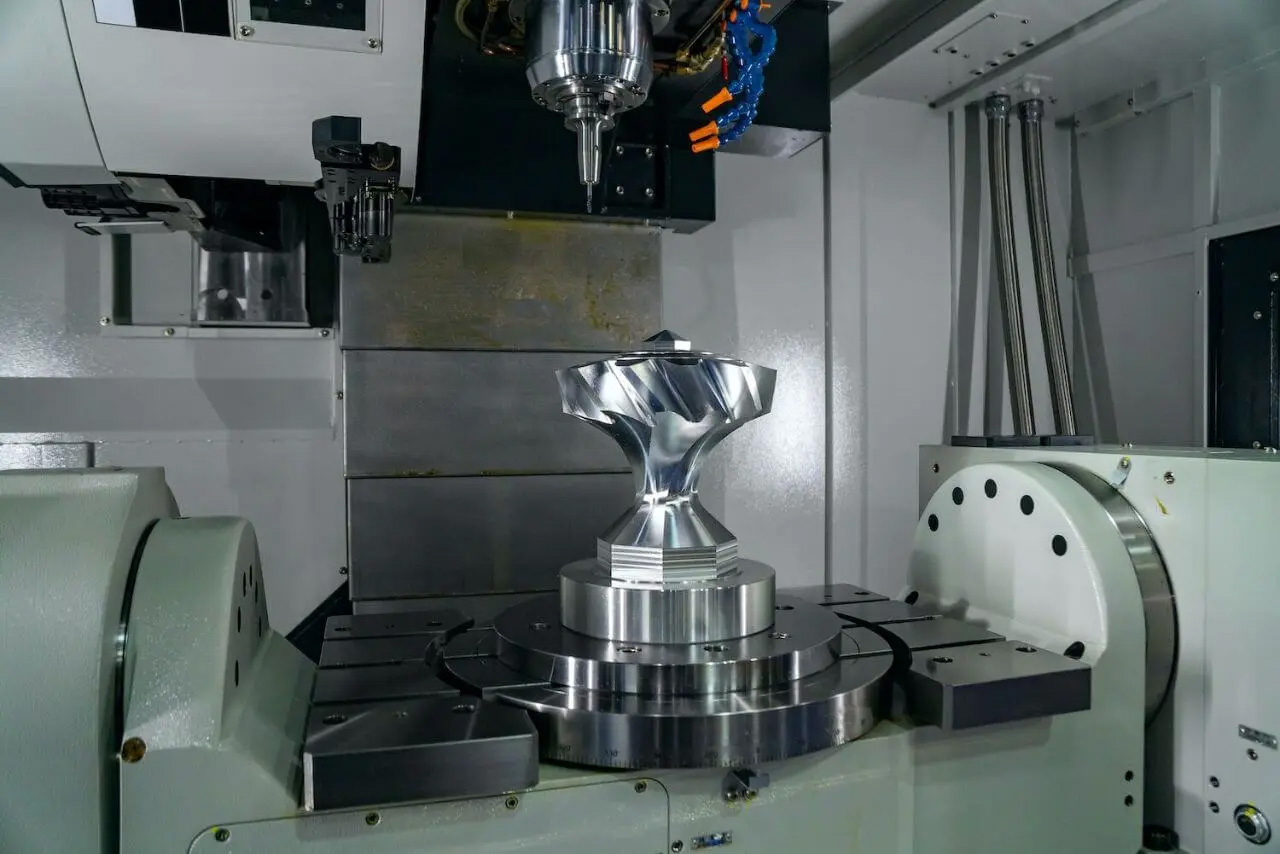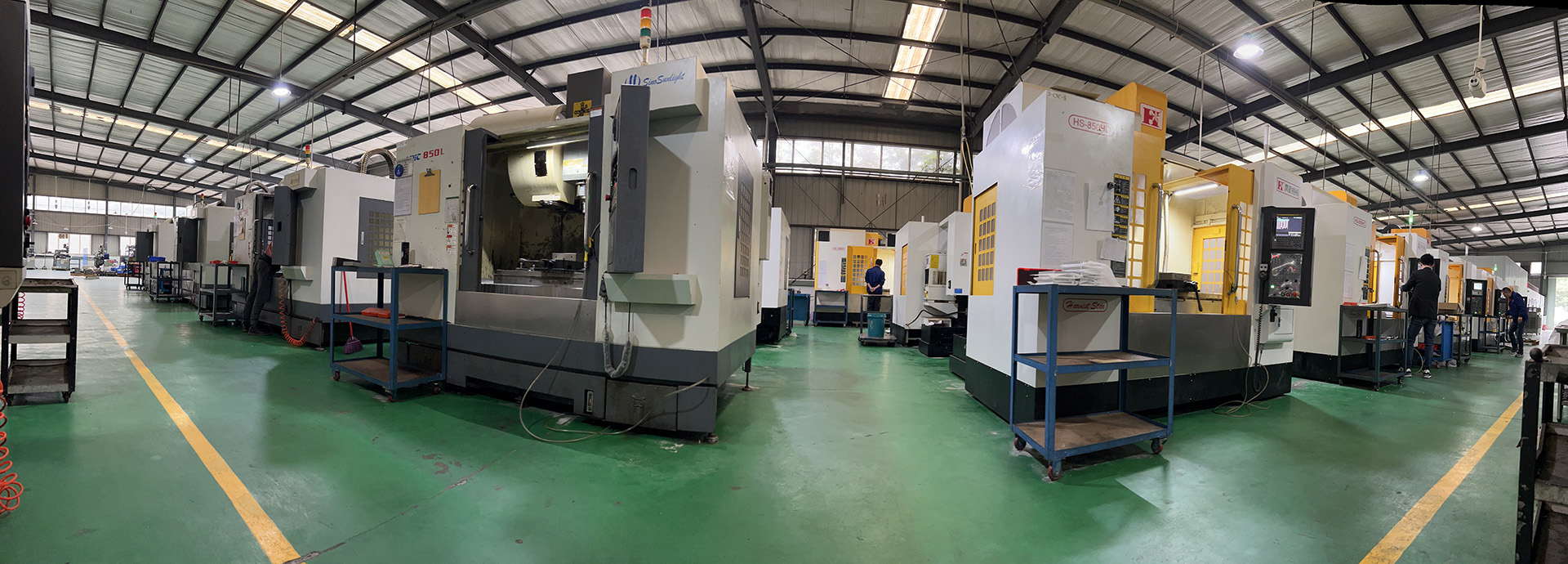
What is the difference between 3-axis, 4-axis, and 5-axis in CNC machining? What are their respective advantages? What products are they suitable for processing?
Three axis CNC machining: It is the simplest and most common machining form. This process uses a rotating tool that moves along three axes to machine a fixed workpiece. Generally, it refers to three axes that move in a straight line in different directions, such as up and down, front and back, and left and right. Three axes can only process one surface at a time, suitable for processing some disc parts

The cutting tool moves along the X, Y, and Z axes to trim excess material on the part. In addition, it can even move along these multiple axes simultaneously to create the desired design.
This means that CNC machine tools can cut into the workpiece from one side to the other, from front to back, and up and down.
However, the workbench with fixed workpieces cannot move freely at all.
Benefit
Despite the availability of more advanced systems in today's industry, 3-axis CNC machining is still widely used. So, let's take a look at some of the advantages of maintaining it.
-Low cost: Three axis CNC machining is most suitable for rapid production of basic geometric shapes and simple components. In addition, in three-axis machining, it is relatively easy to program and set up computers for production operations.
-Multifunctionality: Three axis CNC machining is a highly versatile part manufacturing process. Simply replace the tool to perform various operations such as drilling, milling, and even turning.
These machines also integrate automatic tool changing devices, thereby expanding their capabilities.
Application
Three axis CNC machining is still a very useful process. We can use it to create various high-precision basic geometric shapes.
These applications include: 2 and 2.5D pattern engraving, slot milling, and surface milling; Thread hole and machine axis one; Drilling, etc.
Juke has several production lines and can handle various foreign trade orders well
Four axis CNC machining: Add a rotation axis on the three axis, usually rotating 360 ° horizontally. But it cannot rotate at high speed. Suitable for processing some box type parts.

It was first applied to the machining of curves and surfaces, that is, the machining of blades. Now, CNC four axis machining centers can be applied to the machining of polyhedral parts, spiral lines with rotation angles (cylindrical oil grooves), spiral grooves, cylindrical cams, cycloids, and so on, and are widely used.
From the processed products, we can see that CNC four axis machining has the following characteristics: due to the participation of the rotating axis, it is possible to process the surface in the leisure space, greatly improving the machining accuracy, quality, and power of the surface in the leisure space; The processing of workpieces that cannot be processed by a three-axis machining machine or that require clamping for too long (such as long axis surface machining).
Being able to end the clamping process by rotating the worktable with four axes, shortening the clamping time, reducing the processing process, and as much as possible stopping multiple processes through one positioning to reduce positioning errors; The cutting tools have been greatly improved, extending their lifespan and facilitating production concentration.
There are generally two processing methods for CNC four axis machining centers: positioning machining and interpolation machining, which correspond to the processing of polyhedral parts and the processing of rotational bodies, respectively. Now, taking a four axis machining center with the A-axis as the rotation axis as an example, we will explain the two machining methods separately.
Five axis CNC machining: An additional rotation axis is added above the four axis, usually with a straight face rotating 360 °. The five axis can already be fully machined to achieve one-time clamping, reducing clamping costs and product scratches and scratches. It is suitable for processing parts with multiple workstation pores and flat surfaces, and high machining accuracy requirements, especially parts with strict shape machining accuracy requirements.

Five axis machining provides infinite possibilities for processing enterprises to effectively process the size and shape of parts. The term 'five axes' refers to the number of directions that a cutting tool can move. On a five axis machining center, the tool moves on the X, Y, and Z linear axes and rotates on the A and B axes to approach the workpiece from any direction. In other words, you can handle the five sides of the part in one setup. The advantages and applications of five axis machining are diverse.

Processing complex shapes in a single setup to improve productivity, saving time and money with fewer fixture preparations, improving throughput and cash flow, while shortening delivery time and achieving higher part accuracy because the workpiece does not move across multiple workstations and is re clamped, And it is possible to use shorter cutting tools to achieve higher cutting speed and less tool vibration, achieving excellent surface finish and overall better part quality.
5-axis machining application
5-axis machining can be used for many applications, such as precision 5-axis CNC milling of aluminum 7075 for aircraft parts. We are a professional manufacturer of aluminum parts, stainless steel, brass and other materials. GEEKEE is a precision CNC milling manufacturer mainly used in aerospace, mobile digital, medical devices, automotive manufacturing, new energy shells, national defense and military industries, and other fields. We can process various complex shaped parts through various shaft processing and milling machines, saving time and money. Fewer fixture preparation and higher part accuracy are also available.

Although the advantages of five axes are very prominent compared to four or three axes, not all products are suitable for five axis machining. Those suitable for three axis machining may not necessarily be suitable for five axis machining. If products that could have been processed with three axes were processed with five axis machining, it would not only increase costs but also not necessarily result in good results. Only by making reasonable arrangements and developing suitable machine tools for the product can the value of the machine itself be fully realized.
Welcome to contact GEEKEE, we provide free quotation service!
Post time: Apr-13-2023




